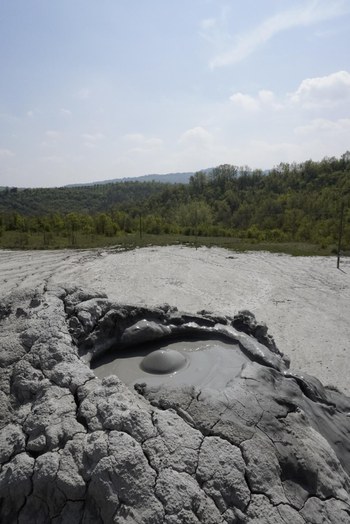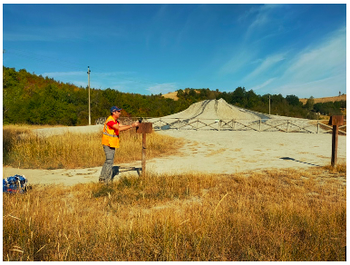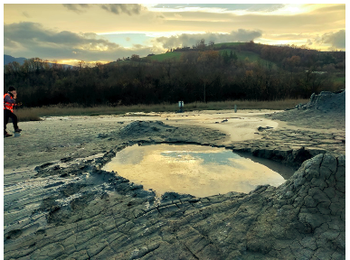The group studies the physical processes that control magma ascent through the Earth's crust and its subsequent eruption at the surface. Magma, along with other fluids such as mud and hydrothermal fluids, can ascend in different ways: when stable conduits exist, it flows under the combined action of gravity and pressure exerted by the magma chamber. However, in many cases, magma forces its way upward by fracturing the surrounding rock, generating structures known as dykes. This process, known as hydraulic fracturing, is accompanied by ground deformation, seismic activity, and changes in the gravitational field, which are key geophysical signals for volcanic monitoring.
The group also develops physical-mathematical models to describe the propagation of these fractures, the stress state in volcanic edifices, and in major tectonic settings where volcanism occurs (continental rifts, subduction zones, oceanic ridges), as well as the dynamics of magma within the lithosphere and volcanic structures. These models are used to interpret geophysical observations from active volcanoes in Italy and around the world.
The goal is to better understand the mechanisms that precede and accompany eruptions, contributing to volcanic hazard assessment and the definition of pre-eruptive scenarios.


